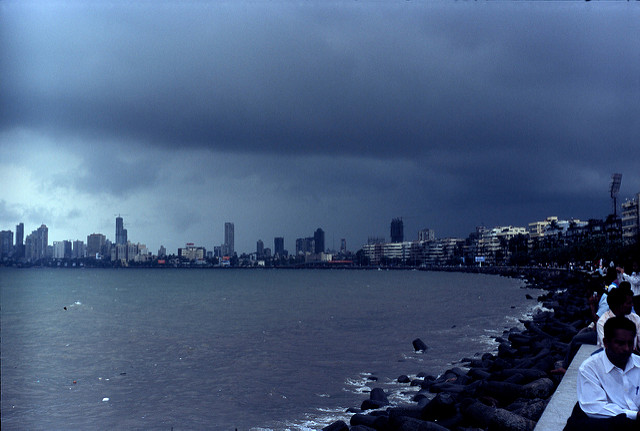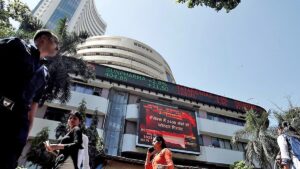What is the typical duration and intensity of Mumbai’s monsoon season?
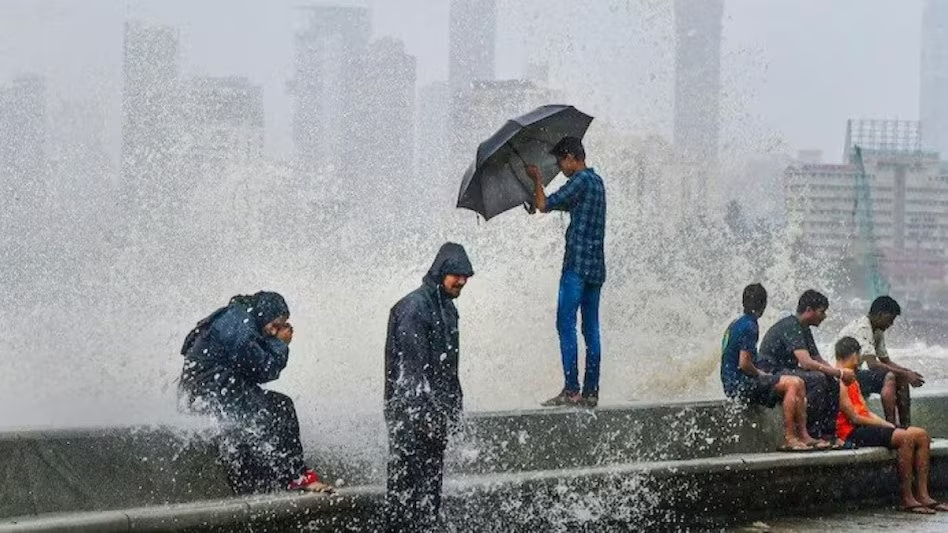
Mumbai’s monsoon season transforms the city for four months, from June to September. The rains arrive gradually in June, with more frequent showers that pick up in intensity. Buckle up for July and August, the heart of the monsoon! This is when the city truly comes alive with heavy downpours, sometimes accompanied by dramatic wind and thunder. Expect an average of over 500 mm (20 inches) of rain in a single month during this peak period. September brings a welcome relief as the monsoon starts to ease, with rainfall gradually tapering off. Remember, the monsoon can be a bit of a wild card. There can be stretches of intense rain followed by dry spells, and the total amount of rain can vary year to year. Some years might experience droughts, while others might see excessive rainfall leading to floods.
Mumbai’s yearly precipitation is a mixed blessing. Let’s delve deeper into the divergent benefits and drawbacks:
BENEFITS:-
Mumbai’s monsoon season is a welcome visitor in more ways than one. The downpours not only fill the city’s reservoirs, lakes, and underground aquifers, ensuring a steady water supply throughout the year, but they also bring a refreshing change from the scorching summer heat. With the arrival of the monsoon, temperatures dip and humidity rises, creating a much more comfortable environment. The city itself transforms into a lush green landscape as parks and gardens flourish, improving air quality and adding a vibrant touch to the cityscape. And while Mumbai may not be a major agricultural hub, the monsoon rains are vital for the surrounding areas, nourishing crops and contributing to the region’s food security.
- Life giving water
Mumbai’s monsoon season is a life-saver, refilling the city’s many reservoirs, lakes, and underground sources of water (aquifers). This is especially important because Mumbai has so many people and uses a lot of water! On average, different parts of the city receive between 87 and 99 inches of rain each year, which helps keep the city running throughout the rest of the year. - Temperature relief
The monsoon season in Mumbai is like a cool towel after a long, hot day. After months of scorching summer sun, the monsoon arrives with a refreshing drop in temperature and a boost in humidity. This isn’t just a relief from the sweat, it’s also a big help for people’s health, reducing the risks that come with extreme heat. - Environmental boost
The monsoon season works its magic on Mumbai’s green spaces! Dusty parks and gardens are transformed by the rain, bursting back to life with vibrant colors. This isn’t just a beautiful change for the city, it also means there’s cleaner air to breathe thanks to all those healthy plants! - Agricultural benefit
Mumbai might not be a farm itself, but the monsoon rains are like a giant watering can for the lands around the city. These rains bring much-needed water to crops, helping them grow big and strong. This fresh produce then finds its way to Mumbai’s markets, making sure everyone has delicious food to eat and contributing to the overall health of the whole region!
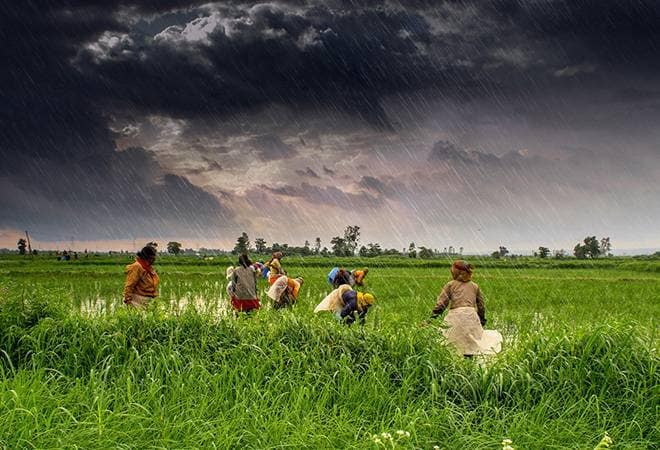
DRAWBACKS:-
Mumbai’s monsoon season, while a much-needed break from the scorching summer sun, can be a double-edged sword. The city’s aging drainage system often struggles to handle the heavy downpours, leading to frequent flooding in low-lying areas. These floods disrupt daily life, turning streets into rivers and causing damage to homes and infrastructure. Commuting becomes a nightmare as public transport gets delayed or cancelled, and traffic crawls through waterlogged streets.
The challenges extend beyond just inconveniences. In Mumbai’s hilly areas, heavy rainfall can trigger landslides, posing a serious threat to life and property. Additionally, stagnant water left behind after floods creates a breeding ground for mosquitoes. This can lead to outbreaks of diseases like dengue and malaria, posing a significant health risk for residents.
- Flooding woes
Mumbai’s monsoon season can be a bit of a double-edged sword. The heavy rains are great for refilling the city’s water supply, but sometimes a little too much of a good thing can happen. The drainage system gets overwhelmed, leading to floods in low-lying areas. These floods can be a real hassle, making it tough to get around, damaging homes and roads, and even becoming safety hazards. While it’s hard to say exactly how often this happens because the floods can vary in size and location, news reports show it’s a recurring issue that can disrupt life in the city for days. - Traffic chaos
The monsoon might bring much-needed rain, but it can also put a damper on your commute! Heavy downpours can turn streets into rivers, making them impossible to drive through. Public transport also takes a hit, with delays and even cancellations becoming common. So, if you’re planning to be out and about during the monsoon, be prepared for some extra travel time and pack a little patience! - Landslide risks
Living on a hill in Mumbai can be pretty cool, but watch out during the monsoon! Super heavy rains can sometimes cause landslides, which is when big chunks of dirt and rock slide down the hills. These landslides can damage houses and buildings, and they can even be dangerous for people living nearby. If you live in a hilly area, it’s important to be aware of the landslide risk and stay informed during heavy monsoon weather. - Disease outbreaks
The monsoon might bring beautiful green spaces and much-needed water, but there’s a bit of a downside too. Puddles and leftover floodwater can become like tiny apartment buildings for mosquitoes! These unwelcome guests love laying their eggs in still water. Unfortunately, this can lead to a rise in mosquito-borne diseases like dengue and malaria. To stay healthy during the monsoon, it’s a good idea to avoid mosquito bites and use bug spray whenever you’re outside.
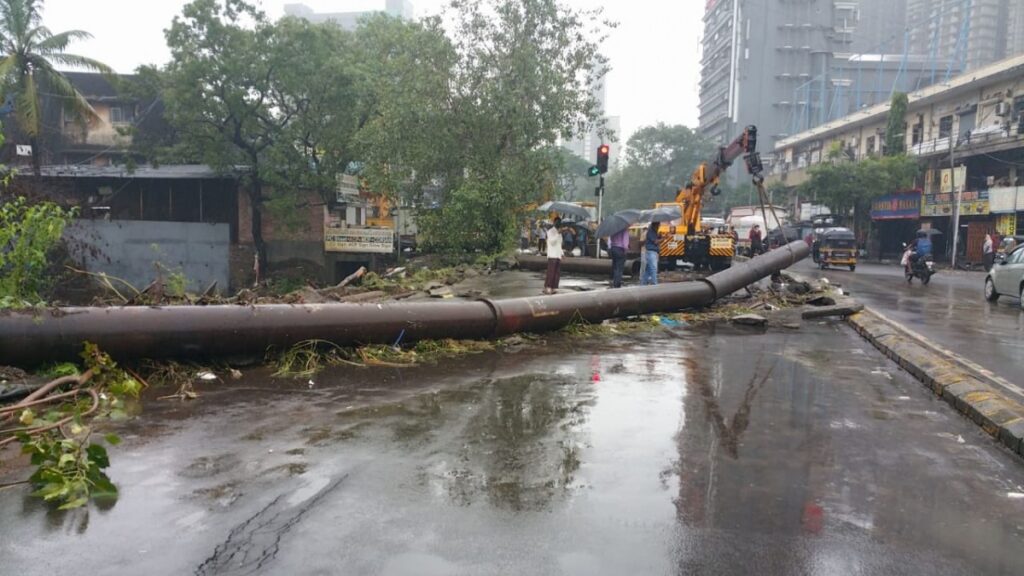
The monsoon’s impact on Mumbai is a complex mix of benefits and challenges. By understanding these contrasting effects, the city can work towards better managing the monsoon season, minimizing its disruptions while maximizing its advantages.
Efforts to Mitigate Mumbai’s Monsoon Woes
Despite the challenges posed by the monsoon, the Brihanmumbai Municipal Corporation (BMC), the city’s governing body, is undertaking several initiatives to improve drainage systems and mitigate flood risks. Here’s a look at some key efforts:
- Brihanmumbai Storm Water Disposal System (BRIMSTOWAD) Project
Remember all that talk about flooding? Well, the city of Mumbai isn’t just sitting around waiting for it to happen! They’ve got a big project called BRIMSTOWAD (catchy name, right?) that’s been in the works since 1993 after a particularly bad flood. This project aims to be a game-changer for the city’s drainage system. They’re planning on making the drains bigger and wider, and improving how they handle all that rainwater. It’s taking some time to get everything done, but hopefully, it will mean less flooding and smoother sailing during the monsoon season! - Desilting and Dredging of Drains
Mumbai knows the importance of keeping its drains clean! That’s why the BMC, the city’s government body, regularly gets in there and does some deep cleaning. They remove all the built-up gunk like leaves, dirt, and anything else that might be clogging things up. This is called desilting and dredging, and it’s like giving the drains a major makeover. By keeping them clean and clear, the rainwater can flow through smoothly, helping to reduce the risk of flooding during those heavy monsoon downpours. - Underground Detention Tanks
Mumbai is getting pretty smart about managing all that monsoon rain! The city’s government, the BMC, has a new trick up its sleeve: underground storage tanks. These giant tanks are built in flood-prone areas and act like big sponges. During heavy downpours, they soak up all the extra rainwater that the drains can’t handle. Then, slowly but surely, they release the water back into the system, preventing those messy floods. It’s a pretty cool way to keep the city running smoothly during the monsoon season! - Flood Warning Systems
Mumbai is getting tech-savvy to fight floods! The city has invested in a super cool system that uses real-time rain monitors and fancy predictions to figure out where floods might happen. With this information, they can send out early warnings to folks living in low-lying areas. This heads-up gives residents precious time to take action, like moving important belongings to higher ground or making sure they have enough supplies in case they get stuck at home. It’s a great example of how technology can help keep people safe during the monsoon season!
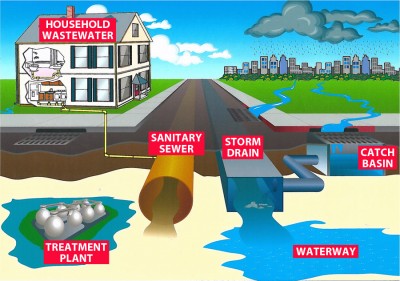

Challenges and Looking Forward
Mumbai’s fight against monsoon floods is like tackling a giant beast! Even though the city is making big strides with projects like underground storage tanks and real-time flood warnings, there’s still a lot to do. The drainage system is massive and needs a major upgrade, and some cool ideas like BRIMSTOWAD are taking a while to get going. On top of that, the city keeps growing, and sometimes buildings go up in places where water naturally flows.
The good news is there’s a multi-pronged attack plan! The city is putting more money towards improving the drainage system, and they’re getting stricter about where new buildings can be built. They’re also working on educating people about how to be prepared for floods and how to dispose of trash properly so it doesn’t clog the drains. By combining all these efforts – fancy tech, better infrastructure, and a community working together – Mumbai can become much more flood-resistant and face the monsoon season with confidence!
Voices of Mumbai: Residents Share their Monsoon Experiences
Young Professional:
The monsoon can definitely make my commute a bit of an adventure! Sometimes the rain comes down so hard the streets get flooded, making it slow-going for buses or rickshaws. If it’s really bad, I might even have to work from home. Thankfully, my high-rise apartment building has pretty good drainage, so I haven’t experienced any waterlogging inside. There might be a quick power flicker during a strong storm, but nothing major that disrupts things for too long.
Honestly, I kind of like the monsoon season! It’s a nice break from the scorching summer heat. Plus, seeing the city all green and refreshed is a mood booster. During the heaviest downpours, it’s cozy to curl up inside with a hot cup of chai and watch the rain lash against the window. It’s a welcome change of pace from the usual hustle and bustle of Mumbai.
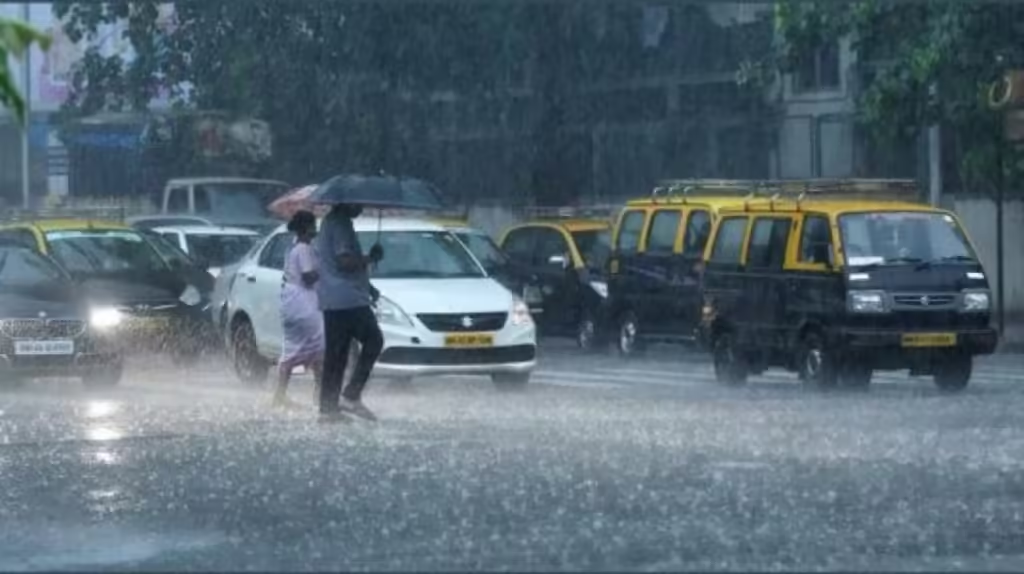
Street Vendor:
The monsoon can be a double-edged sword for my business. On the one hand, people tend to stay indoors more during heavy rains, so there are fewer customers. On the other hand, some folks crave hot snacks and chai during the cool weather, so business can pick up for those items. The biggest worry is definitely flooding. A couple of years ago, there was a downpour that turned the market area into a mini lake! Luckily, I was able to move my cart to higher ground before things got too bad, but I lost a lot of inventory that day.
To prepare for the monsoon, I invest in a good waterproof tarp for my cart. I also try to stock up on some popular rainy day treats beforehand. You know, things like samosas and pakoras that people enjoy with a hot cup of tea. It’s all about staying flexible and hoping for the best!
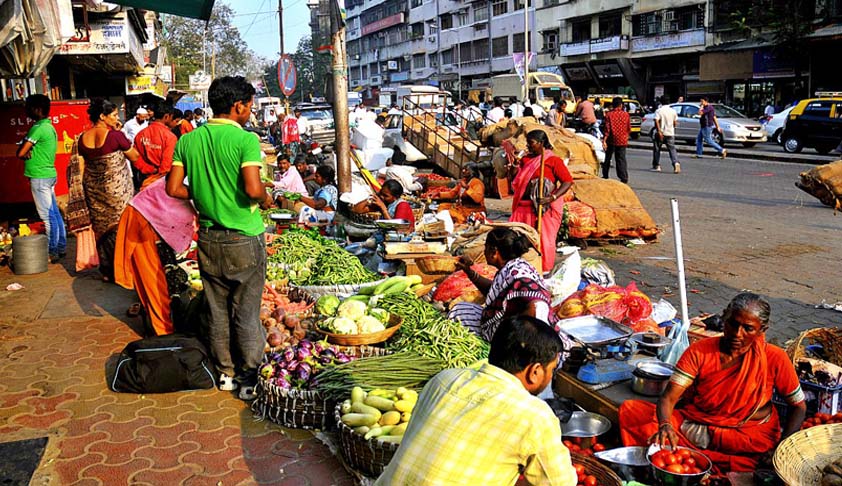
Senior Citizen:
The monsoon used to be a time of joy in our neighborhood. The first showers would bring a cool breeze and the scent of fresh earth. But things have changed a lot over the years. It seems like the flooding has become more frequent and severe. Back in the day, maybe we’d get some puddles on the streets, but now, heavy rain can turn some roads into rivers for days.
It’s especially worrying for those of us who live on lower floors. We have to move furniture and valuables to higher ground whenever there’s a storm warning. The dampness can also be a problem, causing mold and mildew growth in our homes.
My biggest concern is the safety of everyone in the neighborhood, especially the younger children and elderly folks. A slip and fall in floodwater can be dangerous, and navigating those flooded streets can be a real challenge. I just hope the city can improve the drainage system and find ways to control the flooding before things get even worse.
Nature Enthusiast:
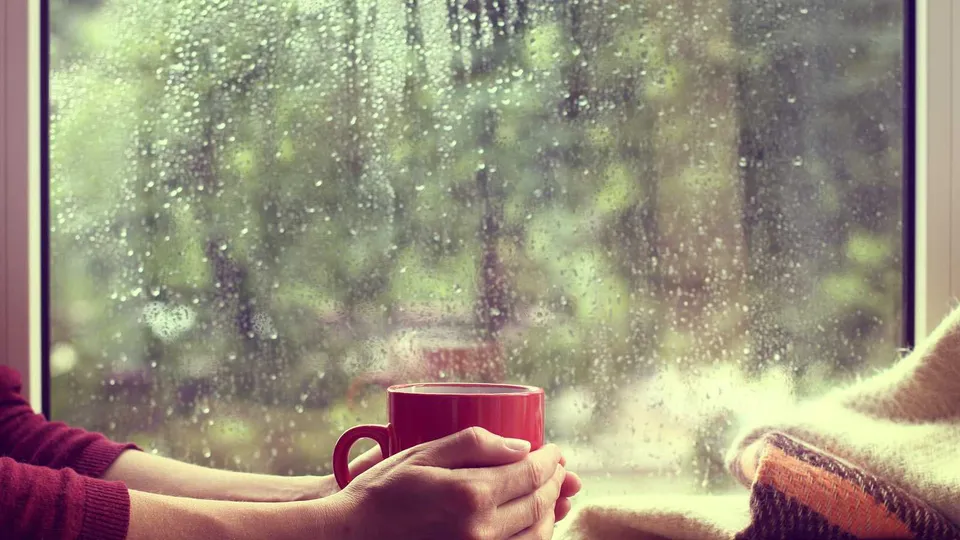
The monsoon transforms Mumbai into a city reborn! The dusty parks erupt in vibrant greens, with flowers blooming in every corner. The air itself feels cleaner, washed fresh by the downpours. It’s a truly magical transformation.
While I might not be venturing out during the heaviest storms, there’s a certain charm to exploring the city during light to moderate monsoon rains. I love taking walks along the Marine Drive promenade, the salty breeze mixed with raindrops creating a refreshing experience. Another favorite activity is visiting the Sanjay Gandhi National Park just outside the city. The waterfalls come alive during the monsoon, creating a breathtaking spectacle.
Of course, safety is paramount! I always check the weather forecast before heading out and avoid venturing into low-lying areas prone to flooding. Sturdy walking shoes with good grip are essential, and I carry a light raincoat or umbrella for sudden downpours. The key is to be prepared and adjust your plans based on the intensity of the rain. But with a little caution, the monsoon can be a fantastic time to experience a whole new side of Mumbai’s beauty.

